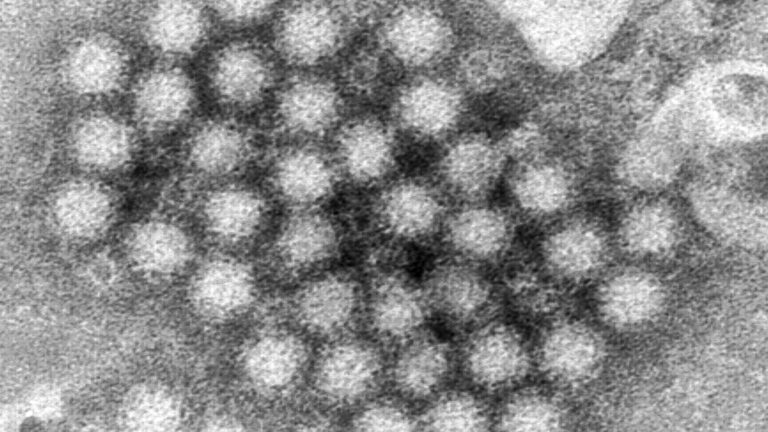Several norovirus outbreaks were reported in Chicago during the month of January, the Chicago Department of Public Health confirmed this week.
Although individual cases typically go unreported, “several small outbreaks of suspected norovirus were reported to the Department of Public Health in December and January,” according to the city health department.
A norovirus outbreak is defined as “two or more similar illnesses resulting from a common exposure that is either suspected or laboratory-confirmed to be caused by norovirus,” according to the Centers for Disease Control and Prevention.
Nationally, the trend of norovirus cases has continued to rise, with positive cases doubling so far in January compared to the numbers seen in November, according to CDC data from the week ending Jan. 4.
The Chicago Department of Health noted that outbreaks are not unusual for this time of year, as norovirus typically sees a spike in cases from November to April.
“Norovirus outbreaks are usually caused by a sick person spreading the virus through direct contact. Common locations for outbreaks include health care facilities, restaurants, schools or child care centers,” CDPH said in a statement.
Also referred to as “stomach bug” or “food poisoning,” norovirus is characterized by sudden vomiting and diarrhea. The “highly contagious virus” is the leading cause of vomiting and diarrhea in the United States
It is very difficult to stop it.
This is because hand sanitizer is not very effective in preventing norovirus, according to the CDC.
“Norovirus is not killed by hand sanitizer,” Dr. Mark Lofman, assistant chief of family and community medicine at Cook County Health, told NBC Chicago. “So these alcohol products don't work.”
The CDC notes that norovirus can be found in both vomit and stool “even before you start to feel sick.”
“The virus can remain in your stool for two weeks or more after you feel better. You can still spread norovirus during that time,” the CDC warned.
Eating raw or undercooked shellfish can also increase the risk of infection. That's because the Centers for Disease Control and Prevention notes that noroviruses are “relatively heat-resistant and can survive temperatures up to 145 degrees.”
The agency notes that “rapid fumigation processes will not heat foods enough to kill noroviruses.”
That's why CDPH said the best ways to prevent norovirus include:
– Wash your hands well with soap and water
– Cook oysters well
-Wash fruits and vegetables
– Cleaning and disinfecting surfaces with bleach after a person vomits or has diarrhea
– Stay at home for two days after symptoms stop
Norovirus symptoms
Besides vomiting and diarrhea, the most common symptoms include nausea, stomach pain, body aches, headache, and fever.
According to CDPH, the most common symptoms — diarrhea, vomiting and nausea — usually appear 12 to 28 hours after exposure.
“Most people improve within one to three days, but young children younger than 5, older adults, and people with weakened immune systems are more likely to develop severe infections,” CDPH said in a statement.
Another thing to watch out for if you suspect you have norovirus is dehydration.
“If you have norovirus, you may feel very sick and vomit or have diarrhea several times a day. This may lead to dehydration (loss of body fluids), especially in young children, older adults, and people with other illnesses.” The CDC noted.
Symptoms of dehydration include:
Decreased urination, dry mouth and throat, feeling dizzy when standing, crying with little or no tears, unusual sleepiness or discomfort
